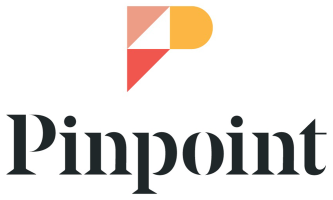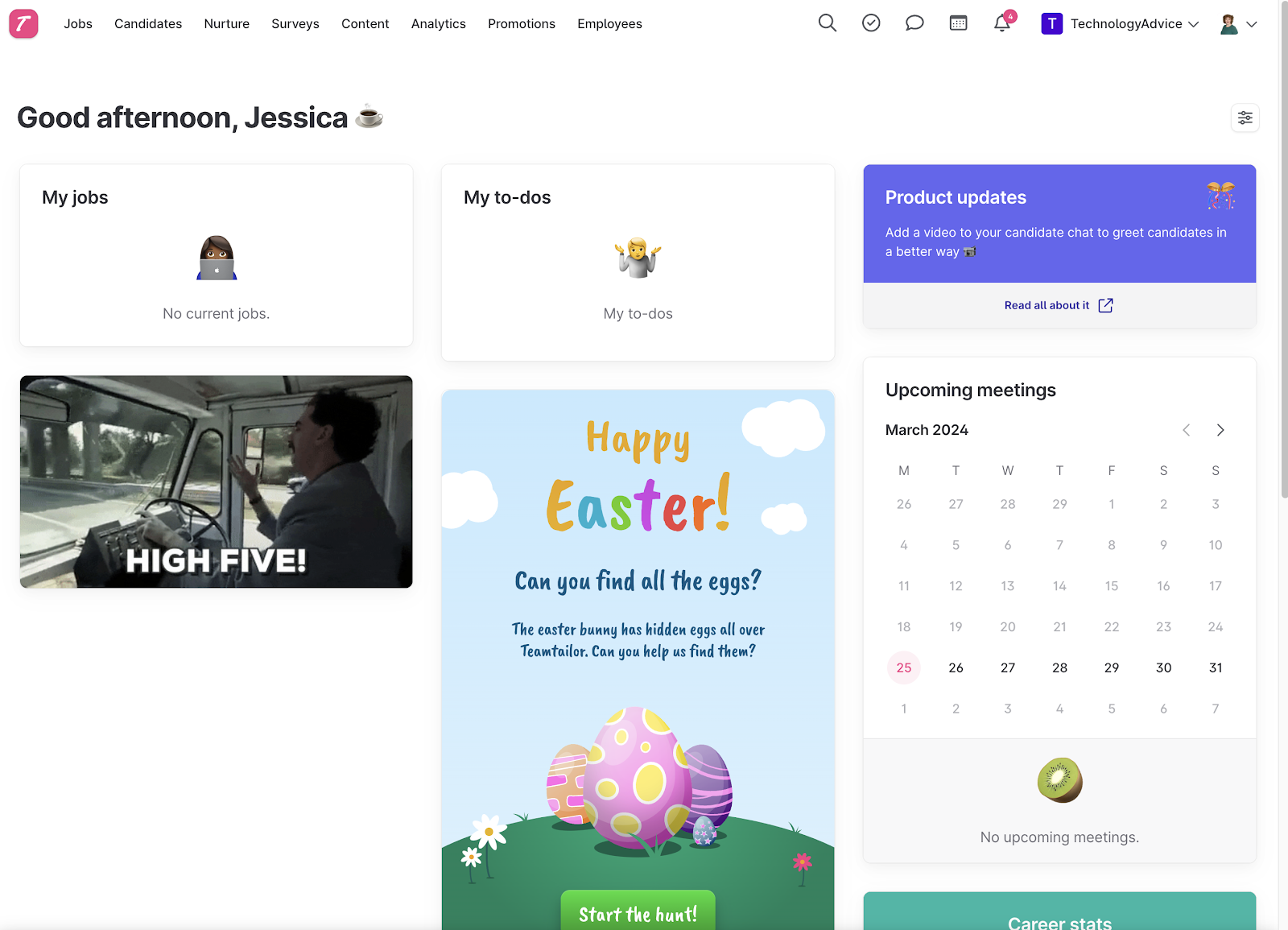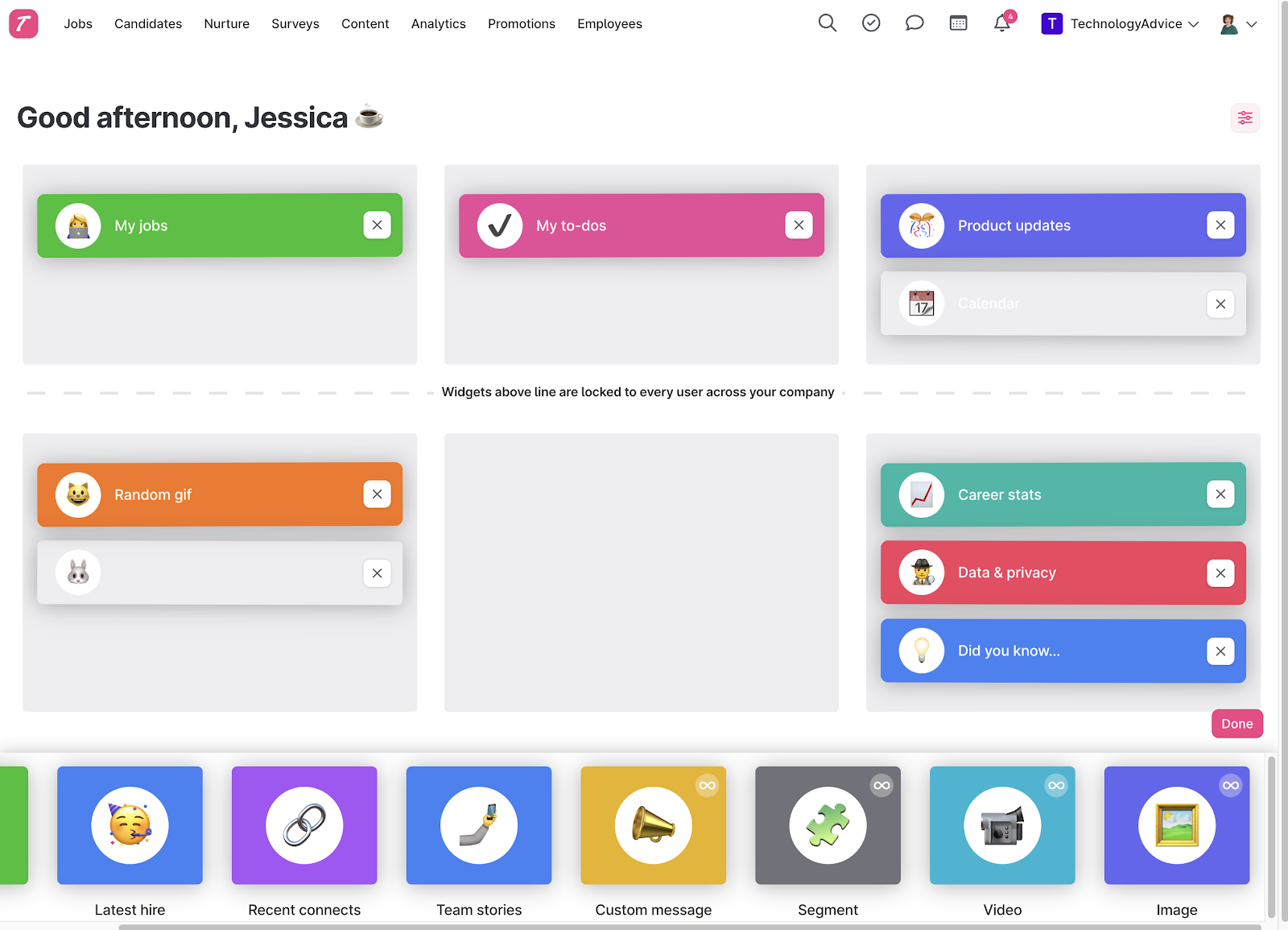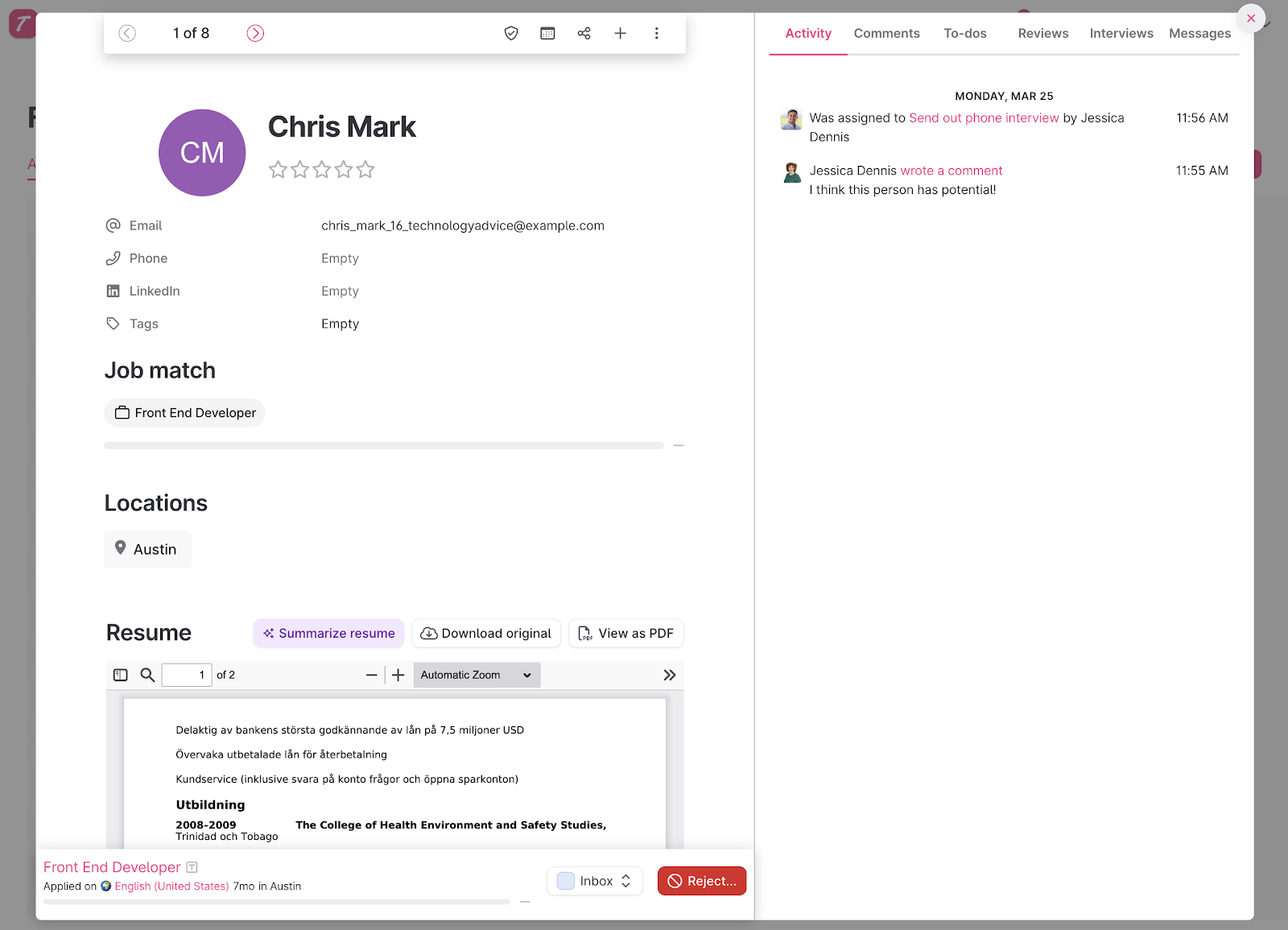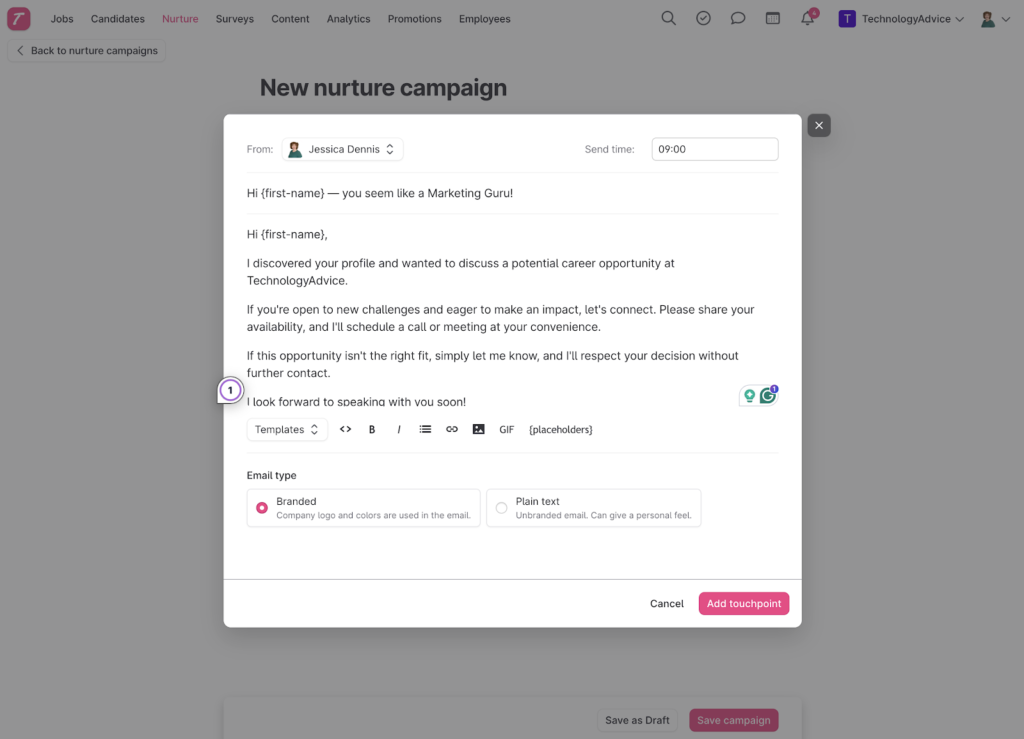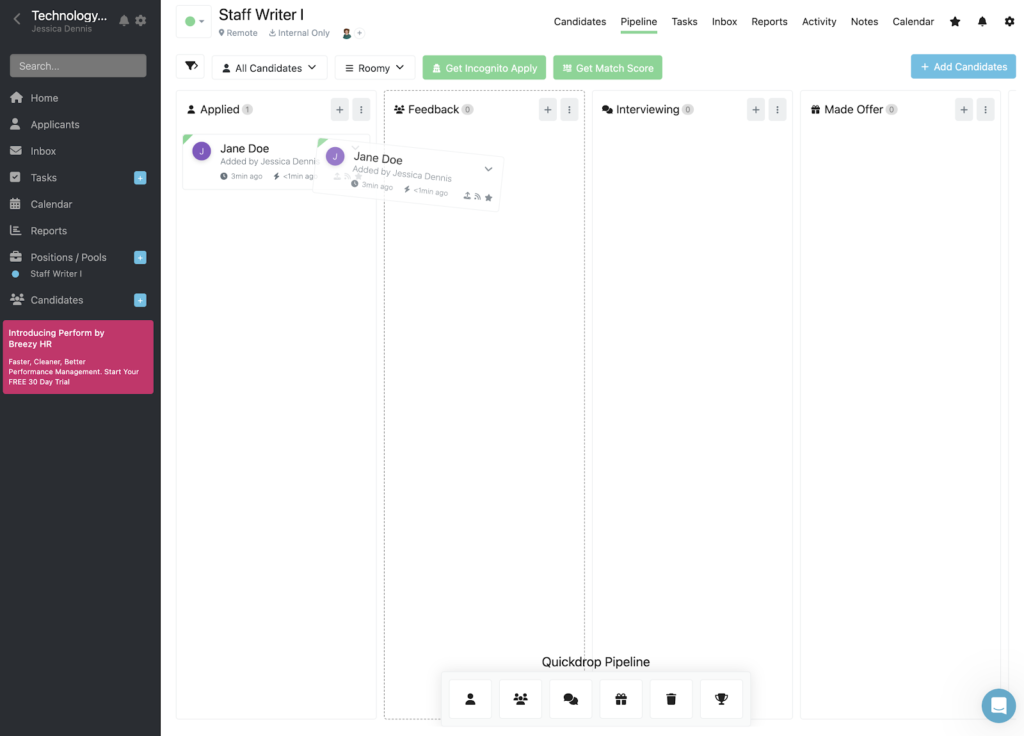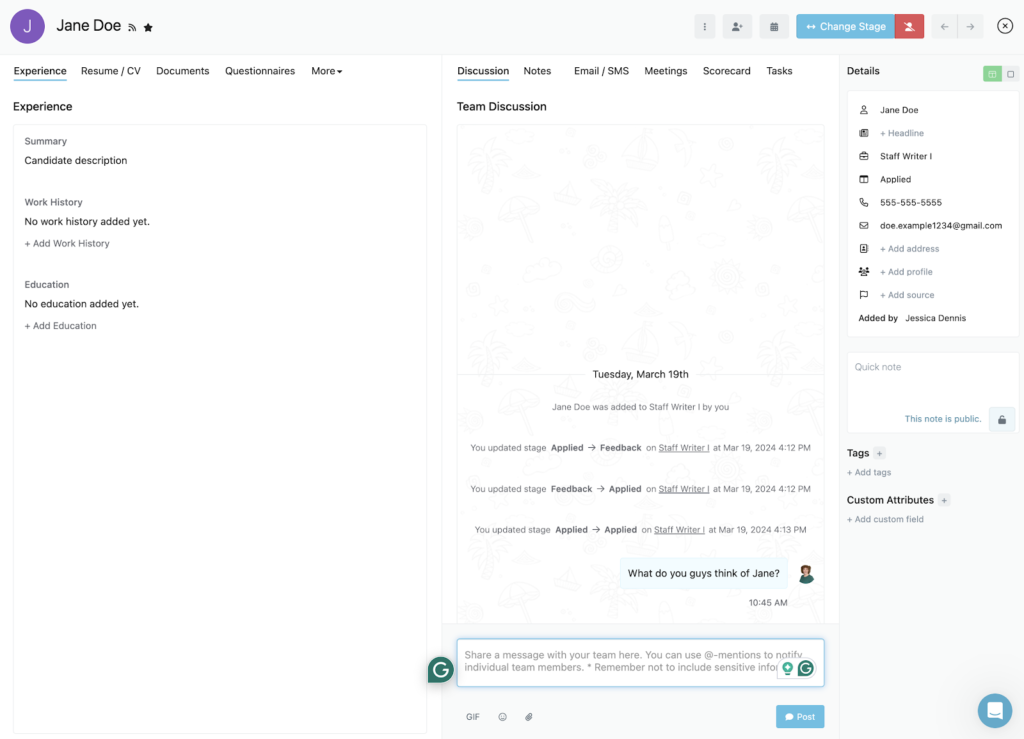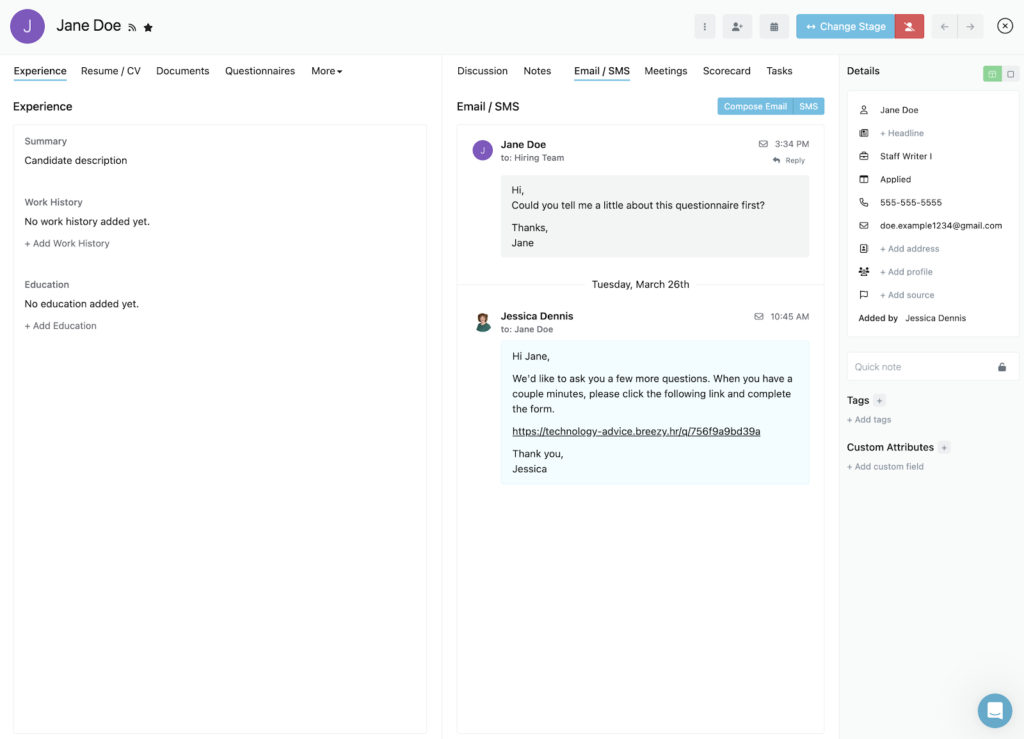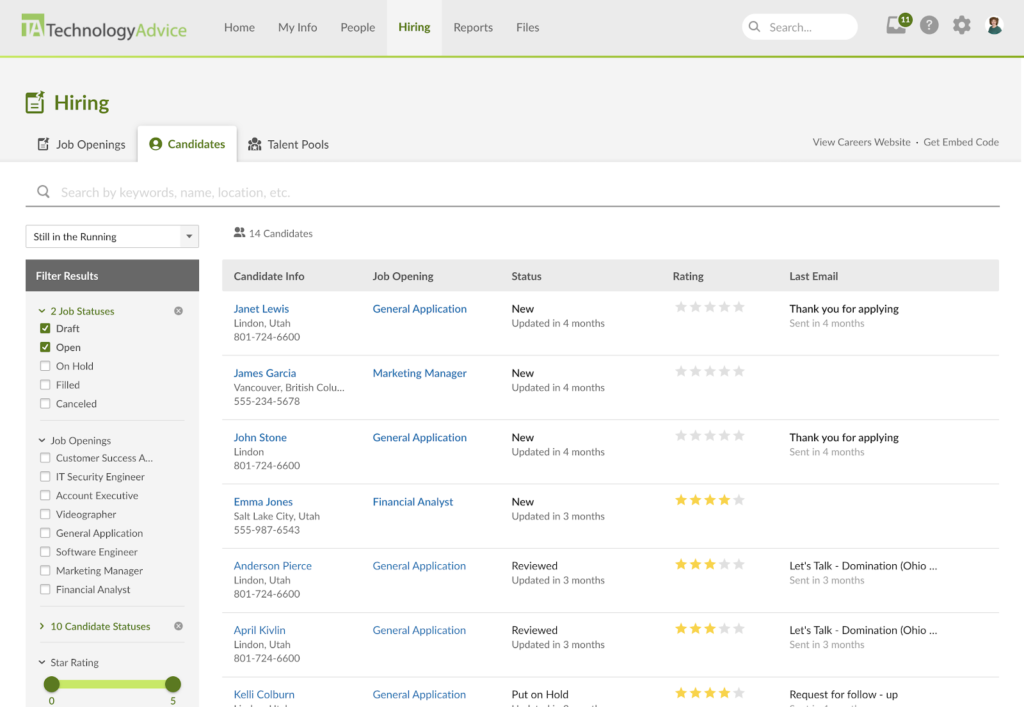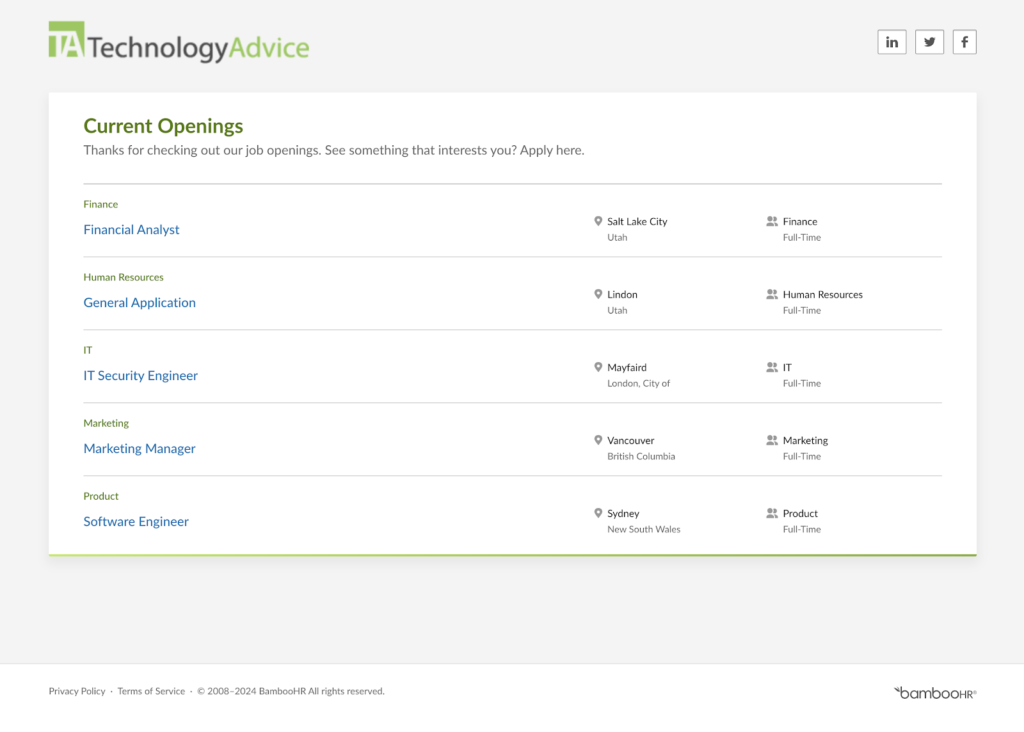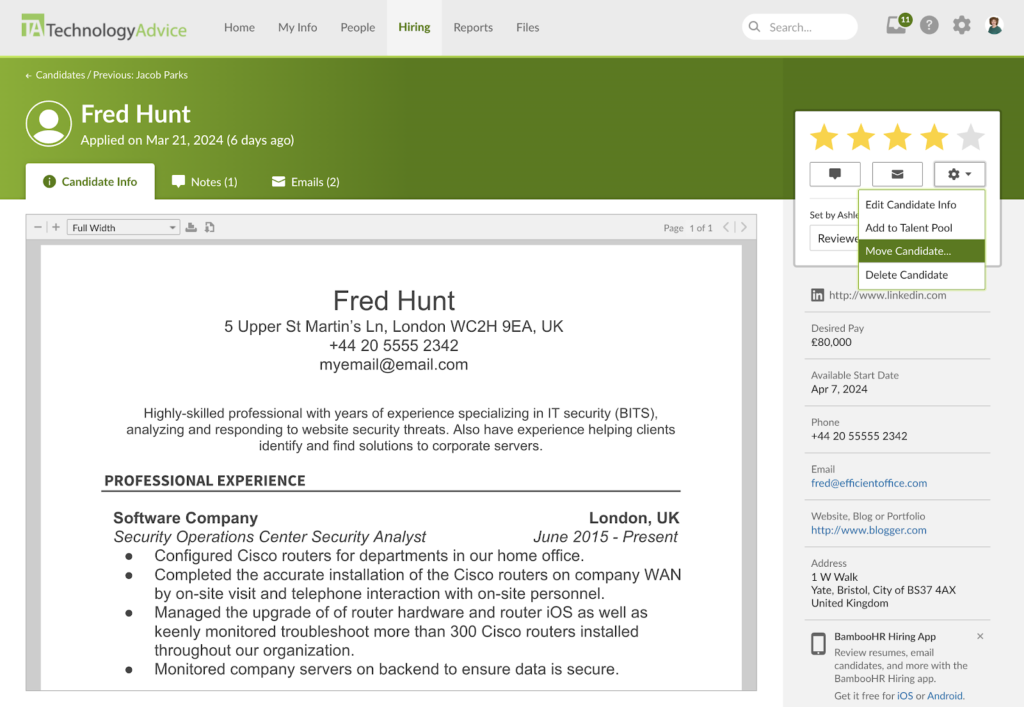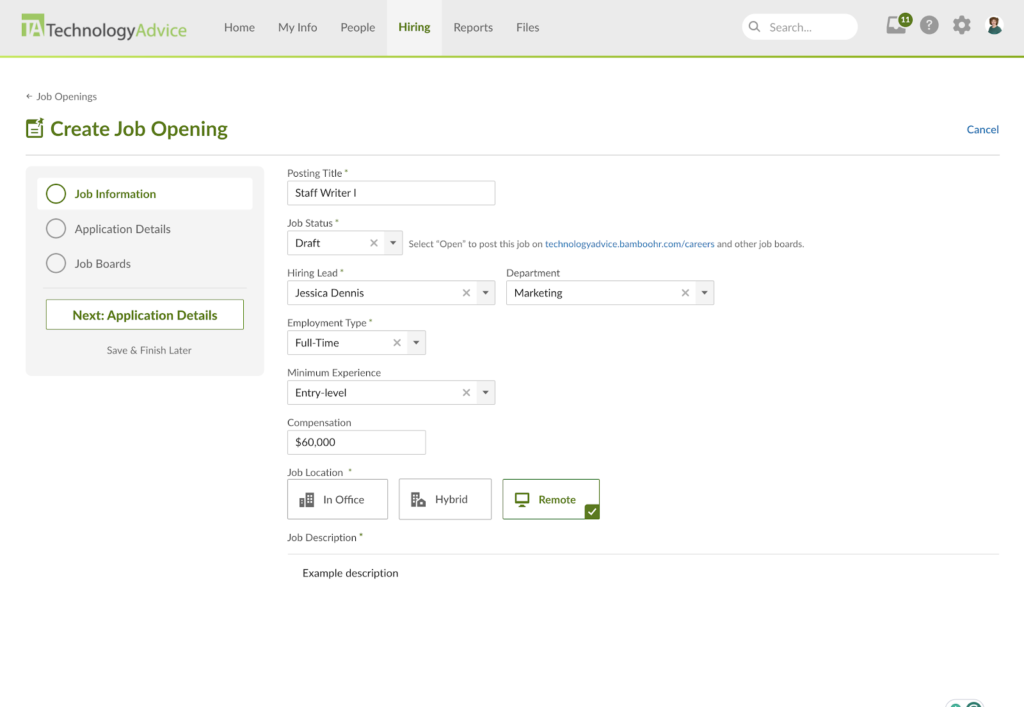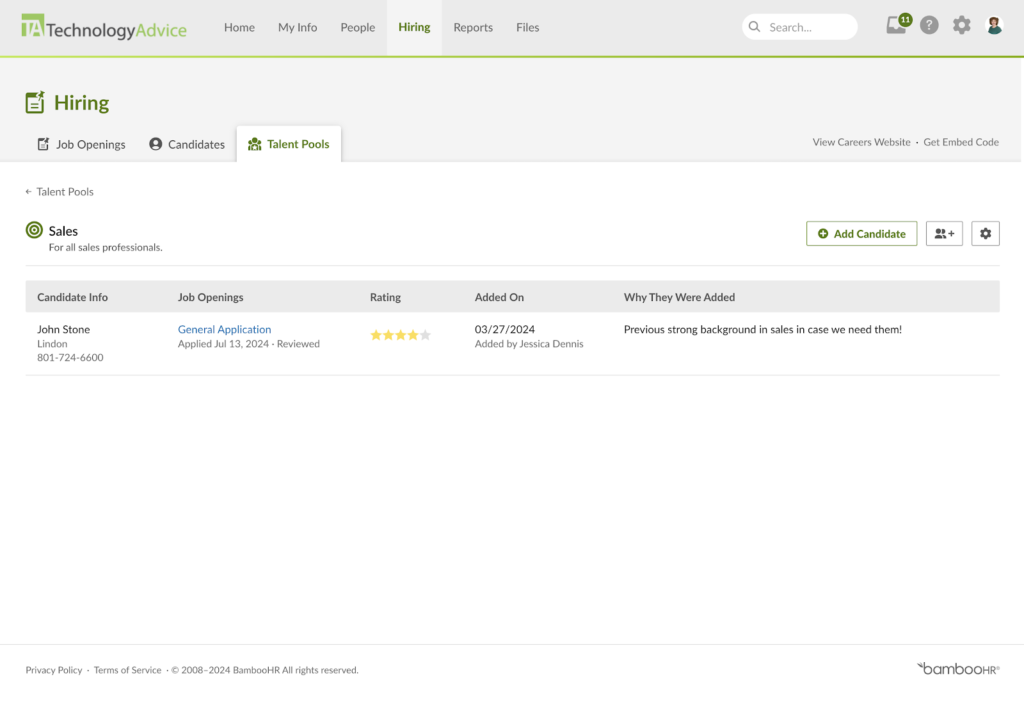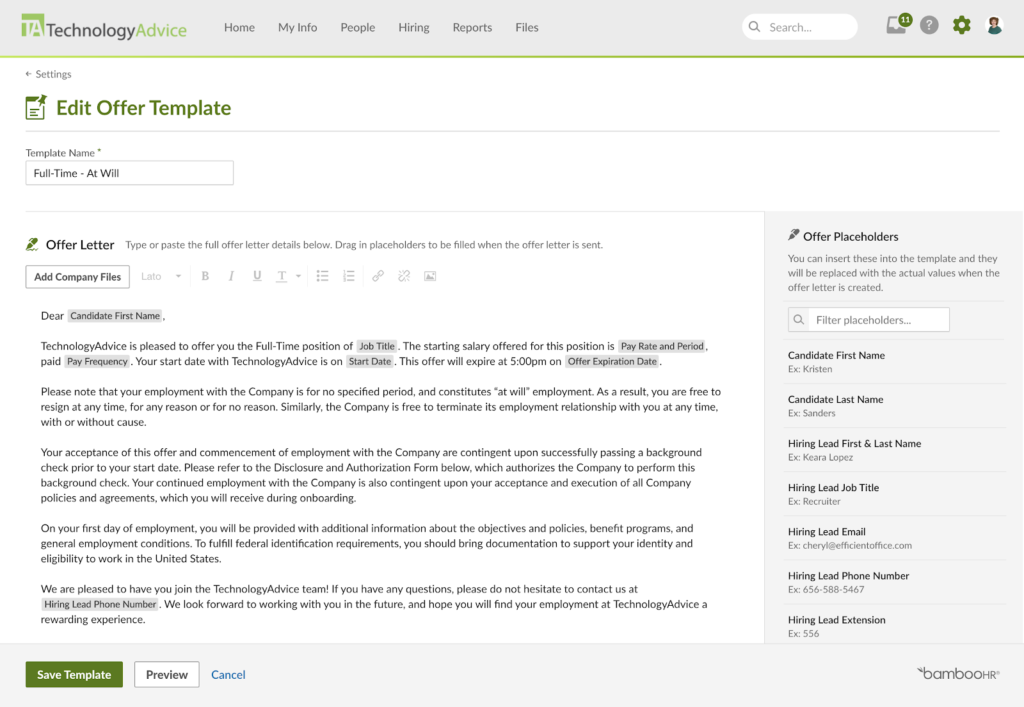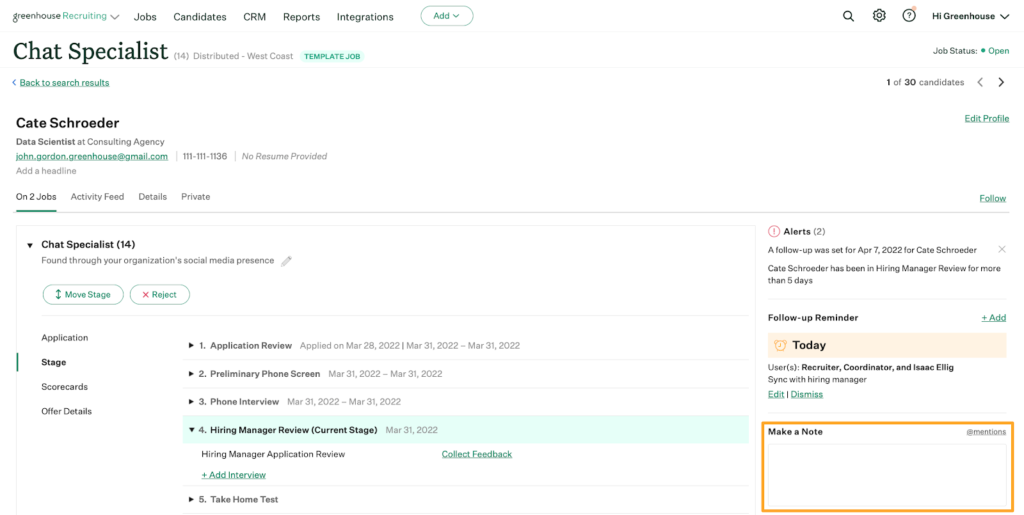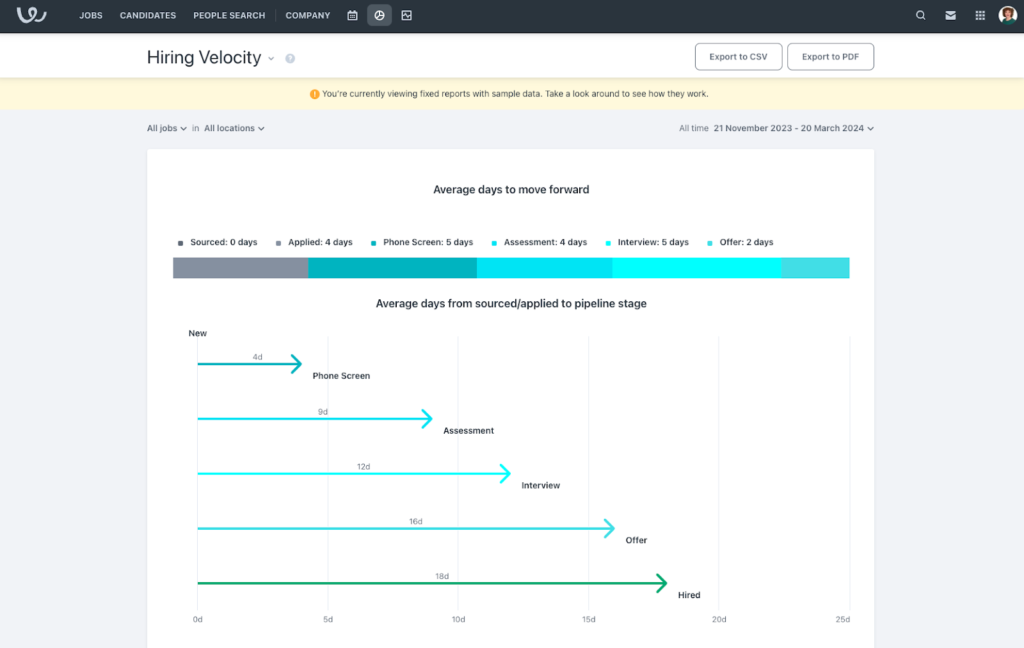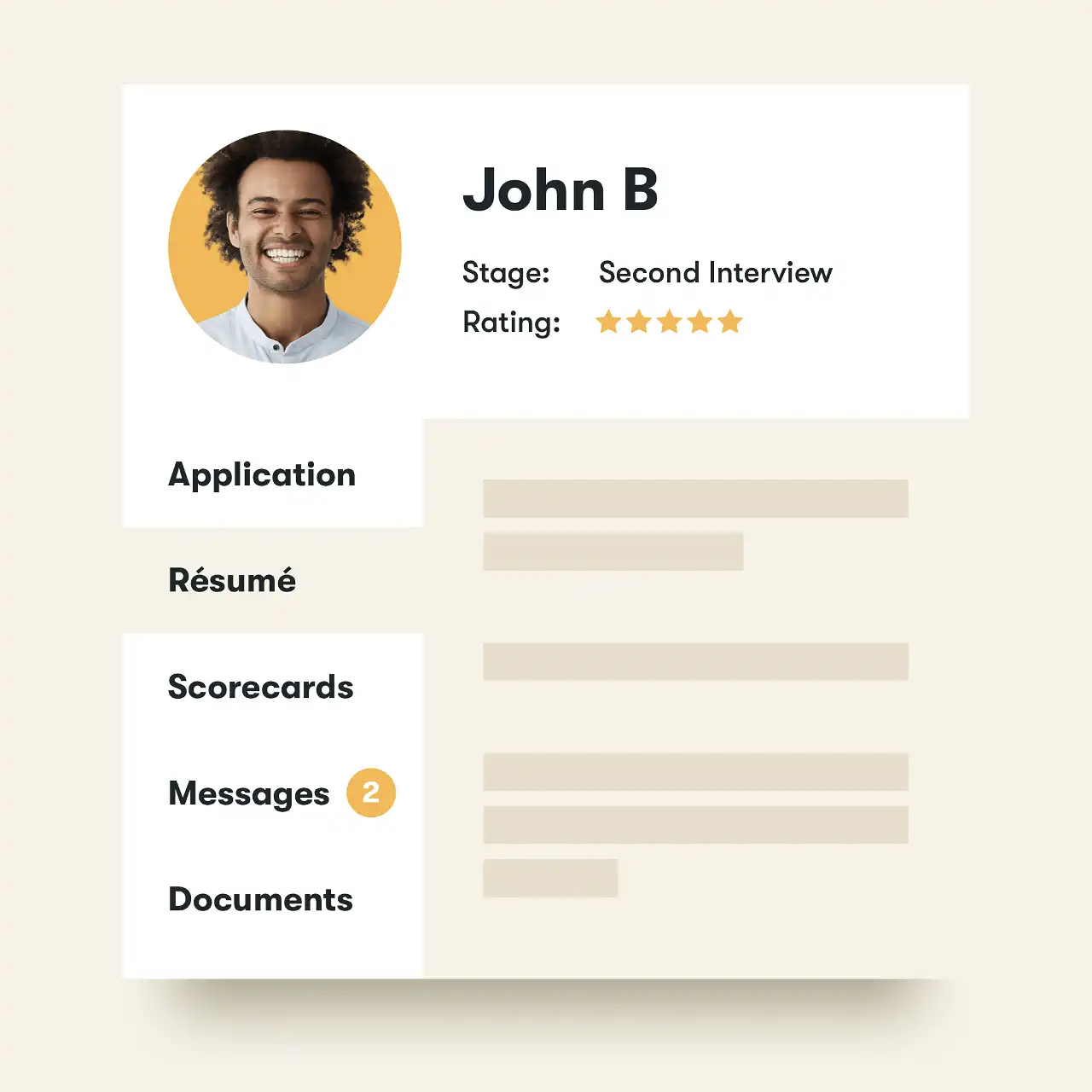
Written by
Jessica Dennis, Lead Writer
Read more by Jessica →
Reviewed by
Kaiti Norton, Managing Editor
Read more HR content →
Written by
Jessica Dennis, Lead Writer
Read more by Jessica →
Reviewed by
Kaiti Norton, Managing Editor
Read more HR content →
In this article...
What is applicant tracking system software?
Applicant tracking system (ATS) software allows recruitment teams to organize and track candidates for more efficient hiring. ATS software streamlines most recruitment operations, including creating job posts, screening candidates, and scheduling interviews. This results in decreased time-to-fill for open positions.
The best applicant tracking systems also have built-in, automated communication channels to centralize communication between recruiters and candidates. Similarly, most platforms offer internal collaboration features so hiring teams can make faster decisions and avoid bottlenecks.
I reviewed 10 top ATS software solutions and narrowed my list of recommendations to the best of the best:
- Teamtailor is the best ATS overall.
- Breezy HR is best for fast-growing companies.
- BambooHR is best for first-time ATS users.
- Greenhouse is best for candidate experience and DEI.
- Workable is best for hiring pipeline management.
- Honorable mentions:
- Rippling is best for reporting and analytics.
- JazzHR is best for SMBs.
- Zoho Recruit is best for automated workflows.
Our picks for the best ATS software
Teamtailor: Best overall ATS
Pros
Cons

Our Rating: 4.16/5
Breezy HR: Best for fast-growing companies
Pros
Cons

Our Rating: 3.9/5
BambooHR: Best for first-time ATS users
Pros
Cons

Our Rating: 3.88/5
Greenhouse: Best for candidate experience and DEI
Pros
Cons

Our Rating: 3.78/5
Workable: Best for hiring pipeline management
Pros
Cons

Our Rating: 3.72/5
Honorable mentions
Not all of my choices may be right for you. Check out my runners-up below for more options to fit your budget and business goals.
Rippling: Best for reporting and analytics
Alternative for: BambooHR
When to choose Rippling: Arguably, Rippling has a stronger ATS than its competitor BambooHR. Unlike BambooHR, you can customize pipeline stages (milestones), facilitate interview arrangements, and disqualify candidates with knockout questions with Rippling.
In particular, it has the most detailed reporting and analytics of any platform here since you can combine recruitment information with any data point in its system. As a result, Rippling is a great tool for understanding the impact of your hiring process at every stage of the employee life cycle.
Why it didn’t make the list: Despite Rippling’s sleek interface, its ATS is confusing to navigate, especially if you are used to visual pipelines that let you drag and drop candidates between stages like Teamtailor and Breezy HR. It’s also an expensive choice if you only need an ATS since you must purchase Rippling Unity and the recruiting module to access it.

Our Rating: 3.83/5
JazzHR: Best for SMBs
Alternative for: Teamtailor and Breezy HR
When to choose JazzHR: JazzHR offers a great balance of ATS features for small and medium businesses (SMBs) with moderate hiring needs. Features like its job post meta descriptions increase search visibility, while its résumé parsing capabilities make it easier to search your candidate database for the skills you need.
If you have a large number of frontline workers, JazzHR allows you to scan résumés on your career site so candidates can apply in person with physical applications.
Why it didn’t make the list: JazzHR does not offer a mobile application, preventing you from managing hiring needs on the go. Also, most of its reporting capabilities are reserved for its highest subscription plan, Pro. Even necessary compliance reporting for EEO and the OFCCP is unavailable until its Pro plan subscription. As a result, JazzHR is not the best option if you’re a federal contractor and required to report on your affirmative action plans.

Our Rating: 3.59/5
Zoho Recruit: Best for automated workflows
Alternative for: Workable
When to choose Zoho Recruit: Zoho Recruit’s Blueprint feature lets you create complex recruitment automations that rival most of the top contenders in my roundup. This unique feature represents your automations visually and allows you to customize your hiring process workflows based on various dependencies, such as the number of days a candidate is in a stage or candidate responses to questions.
Why it didn’t make the list: Zoho Recruit uses a complicated interface for evaluating candidates and moving them between stages. Its pricing plans are also a la carte, meaning you must pay extra fees or move to higher subscription tiers for features like extra cloud storage space and security backups. No other ATS in my roundup requires you to pay extra for these essential functions.
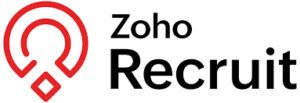
Our Rating: 3.21/5
Find your new ATS software
What are the benefits of ATS software?
ATS platforms can increase recruiting efficiency, improve candidate sourcing and engagement, boost quality of hire metrics, and optimize overall recruitment strategies.
Increases efficiency
Saving time and increasing efficiency are some of the best advantages of using ATS solutions compared to traditional application and recruitment procedures. With ATS software, recruiters can automate different tasks in hiring processes, including posting job ads, sending emails and reminders, interview scheduling, and onboarding new hires.
Improves candidate sourcing
The software can help address mission-critical challenges, such as attracting and sourcing top candidates. Many ATS solutions are now enriched with artificial intelligence and machine learning capabilities to develop a profile of an ideal candidate, assess and identify skills, and predict success factors. As a result, employers can better understand candidate behavior and target specific applicants across various platforms and channels.
Better candidate engagement
ATS software ensures better candidate engagement by promoting greater visibility across the candidate journey. It helps organizations prevent negative experiences — like lack of visibility and inconsistent communication — that can cause candidate frustration and disinterest. An ATS allows reliable communication and faster response times via automation.
Refines hire quality
Screening candidates standardizes applicant scoring and can help guarantee that hiring managers will only see qualified applicants. Moreover, ATS software maintains a database of people who may be prospects for future job openings.
Optimizes recruitment strategies
Hiring professionals can clearly and quickly communicate with other team members and candidates through ATS. Hiring teams can collaborate and share résumés securely within the platform, enabling an organized approach to decision-making.
ATS solutions also come with analytic tools to gauge the success of recruiting and hiring strategies. Recruiters can use real-time data to predict staffing needs and build recruiting pipelines. Analytics equips organizations with critical metrics around costs, quality, and time spent on recruiting activities.
When should you upgrade your ATS software?
Upgrading your applicant tracking system is not to be taken lightly, and you don’t want to rush into it. Instead, you need to make a deliberate survey of your current ATS capabilities to figure out where it succeeds and where it falls short. If you experience any of the indicators below, then you may want to consider switching platforms.
5 signs you should upgrade your ATS
What to look for in a replacement ATS
If you’ve determined that your ATS needs an upgrade, we recommend including these five key features on the checklist for your next platform.
Is It time to upgrade?
In some cases, your current applicant tracking system isn’t quite adequate, but you can’t replace it wholesale due to budgetary or IT reasons. Fortunately, there are several steps you can take to make the most of your existing ATS without breaking the bank or overwhelming your IT team.
One option is to seek out training resources offered by your current ATS provider to make sure you fully understand the tool and are taking advantage of any recent updates or feature additions. Most cloud-based ATS vendors release updates regularly — sometimes monthly or even weekly — so you might have missed out on some helpful features that recently launched.
Configuring new integrations is also a fantastic way to supercharge the functionality of your current ATS without having to completely replace it. Some key integrations to consider are job boards, HR tools, social media platforms, email, and your content management system (CMS). Check out our roundup of must-have integrations for your ATS if you need some inspiration for how to boost your existing ATS.
What is the business impact of ATS software?
The recruitment process can be challenging for hiring teams and job seekers alike. Manual applicant screening delays hiring procedures, increasing cost-to-hire and prolonging time-to-hire. Additionally, manual online job postings can prompt tons of applications from under-qualified job seekers.
The best applicant tracking systems automate and streamline the hiring process from source to hire. It amplifies the capabilities of recruiters, hiring managers, and HR teams with a range of features to boost efficiency while attracting and retaining top talent.
First and foremost, ATS can screen job applications, scan résumés for the right qualifications, and select the qualified candidates to consider for an interview. This can lighten the load for hiring teams and cut down a significant amount of time.
On top of that, ATS platforms can assist recruiters in tracking interview processes, evaluating, making offers to, hiring, and ultimately onboarding new talent. The software promotes a smooth hiring process, enhancing the candidate experience and encouraging more skilled talent to join the organization.
ATS solutions allow organizations to recruit the best people, which is essential to any company’s success.

